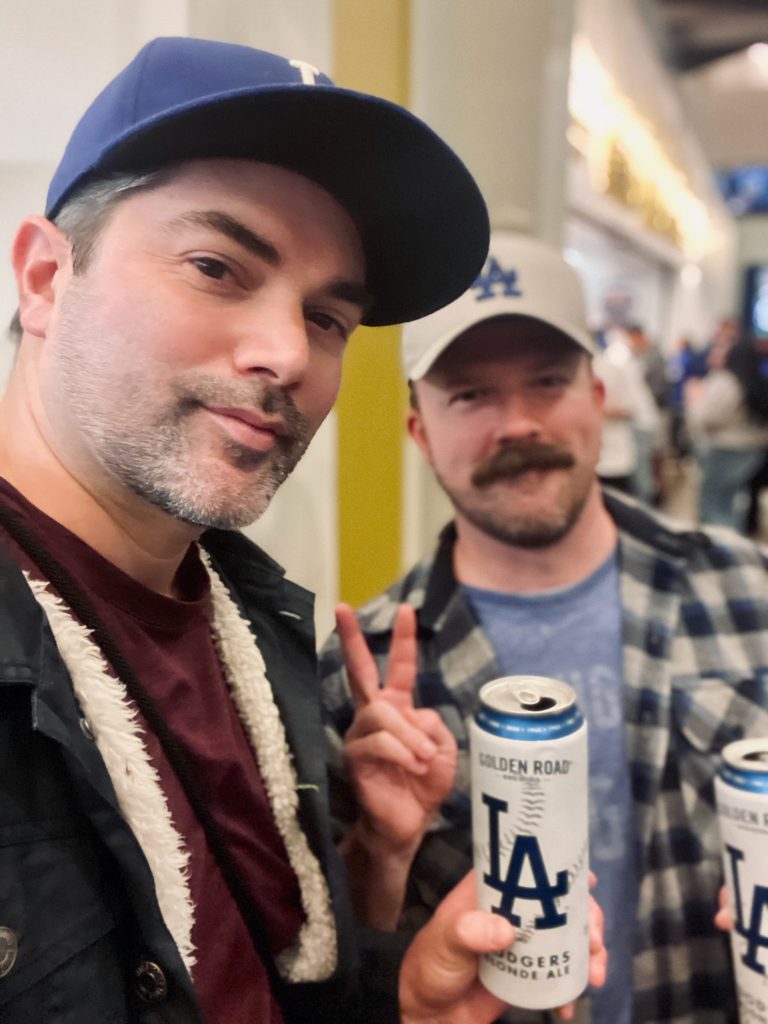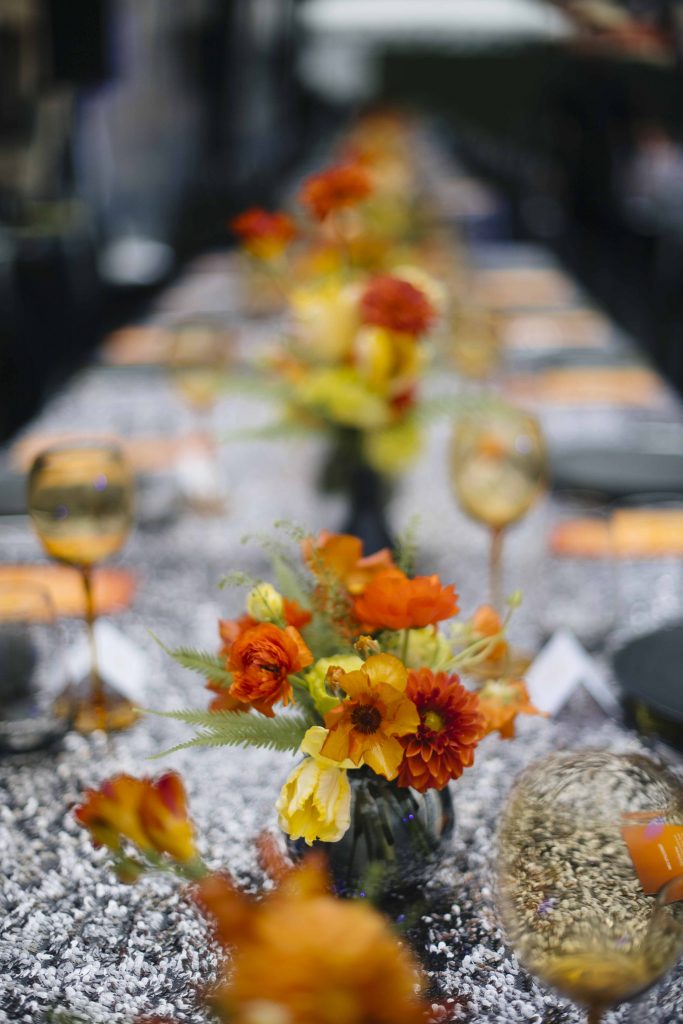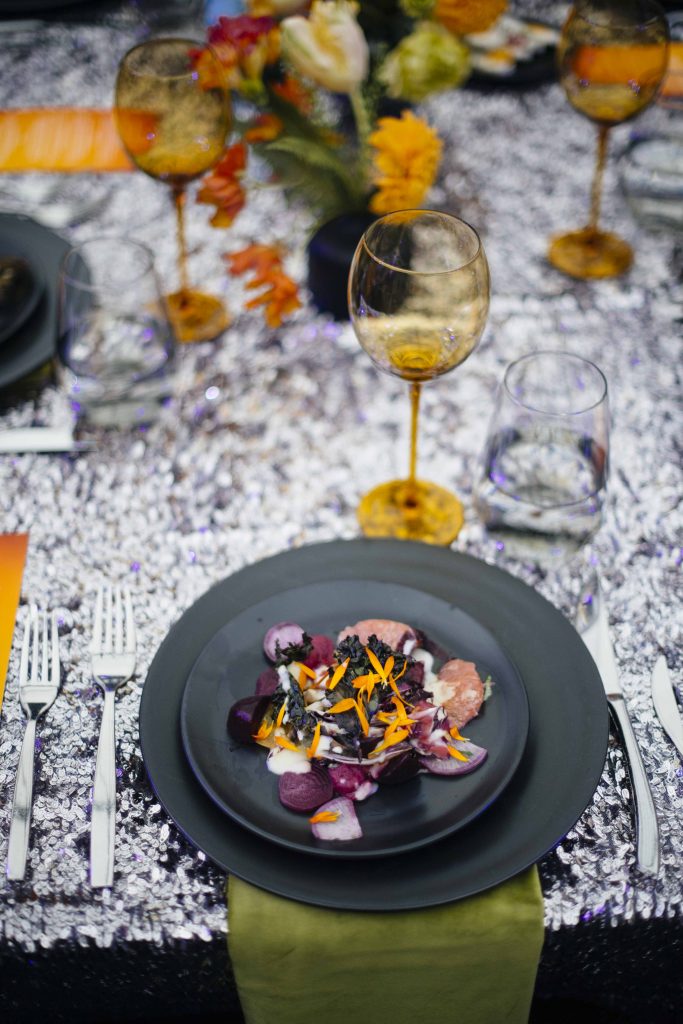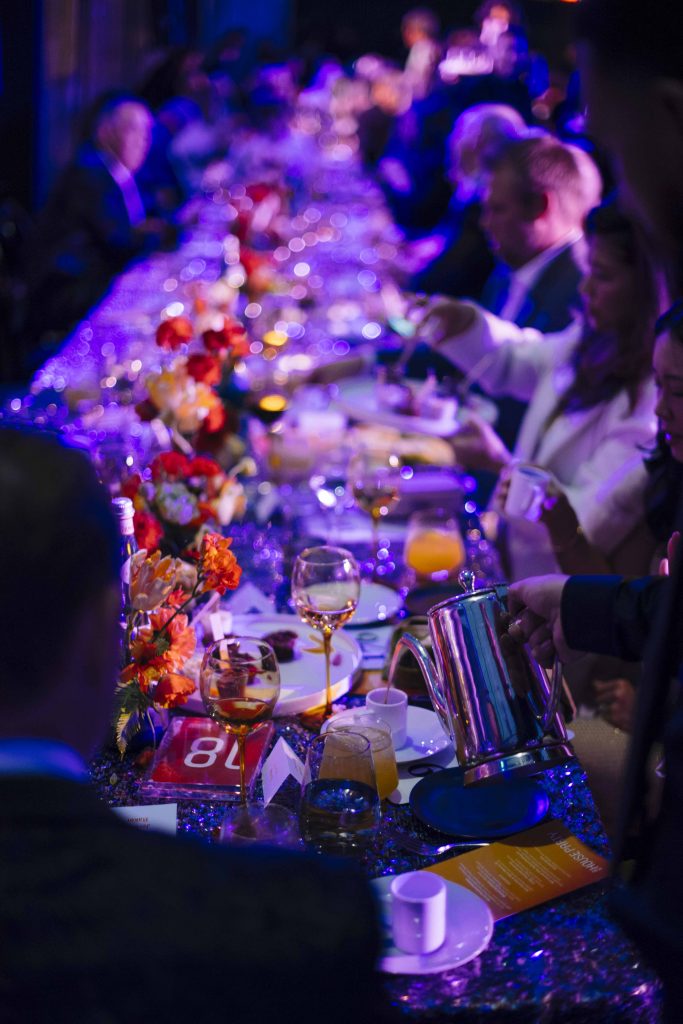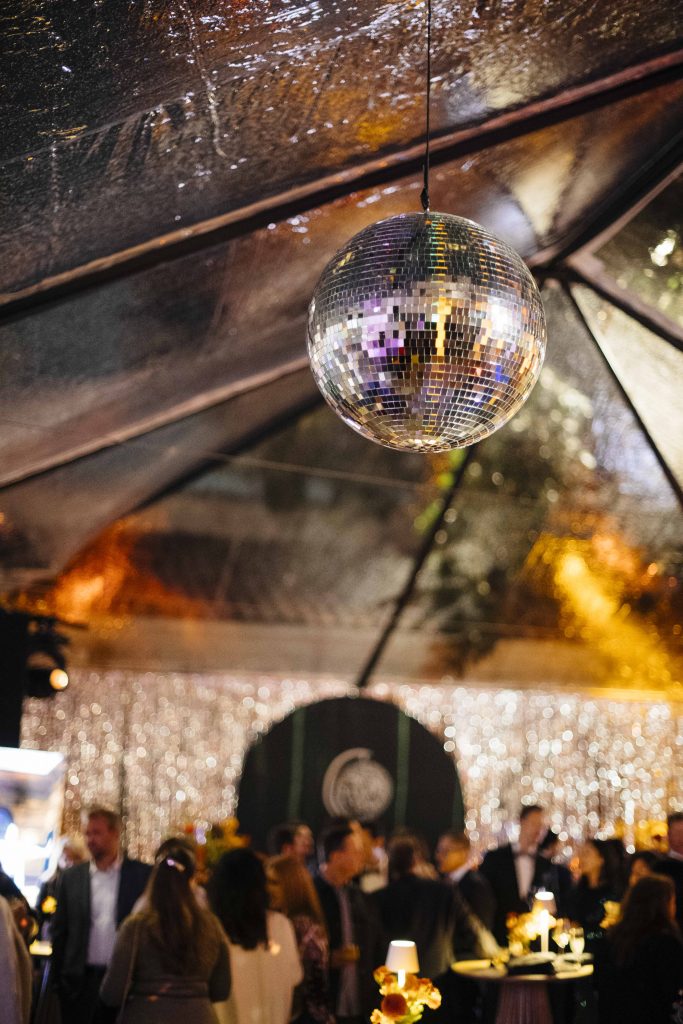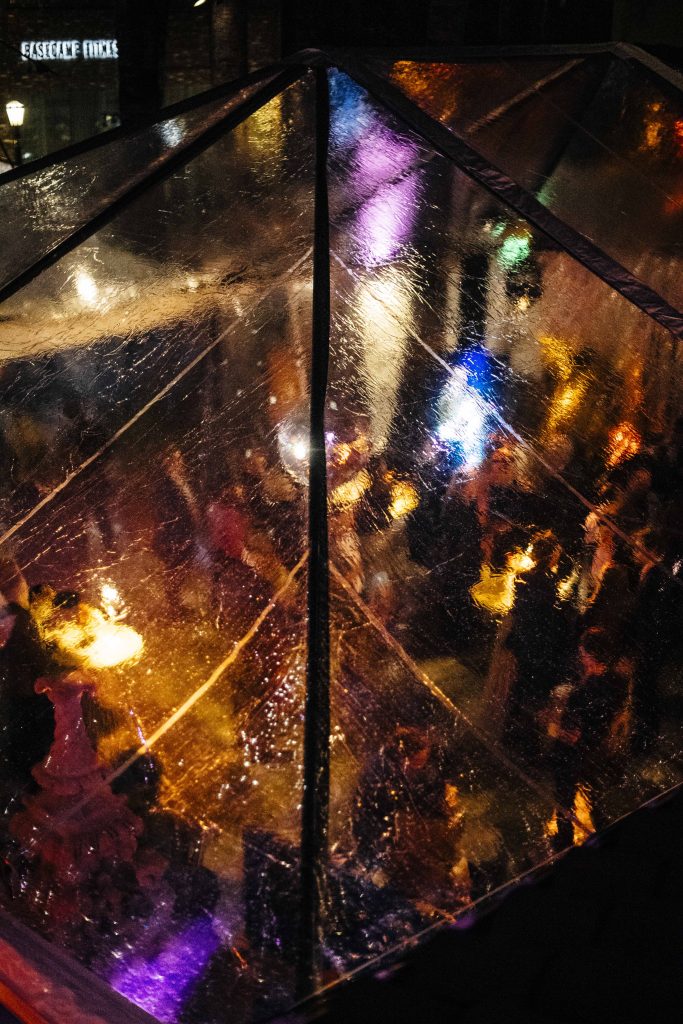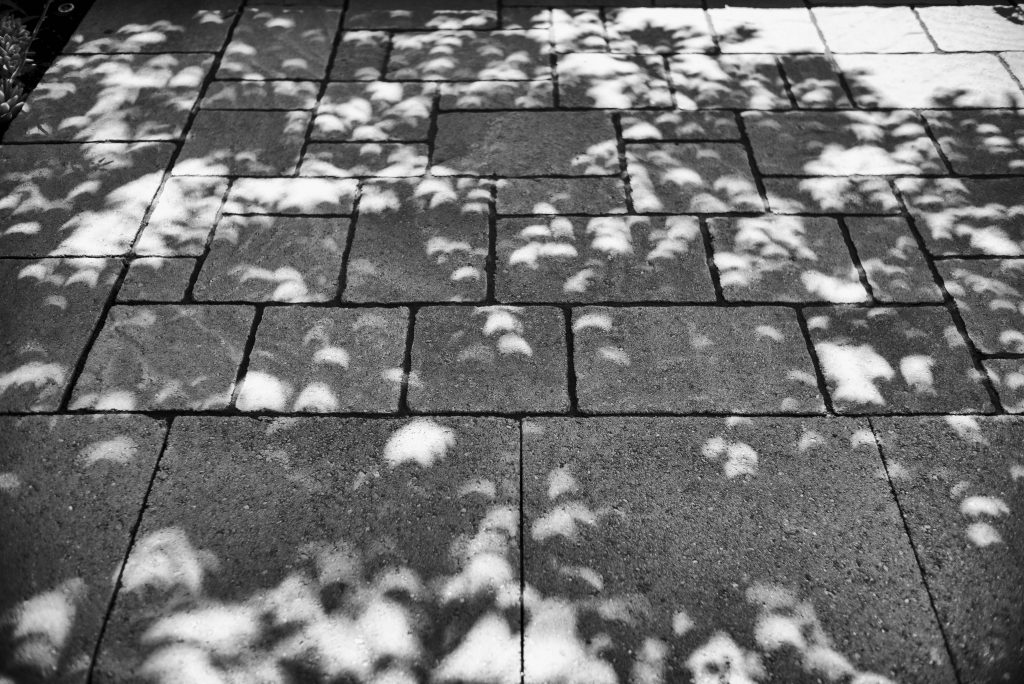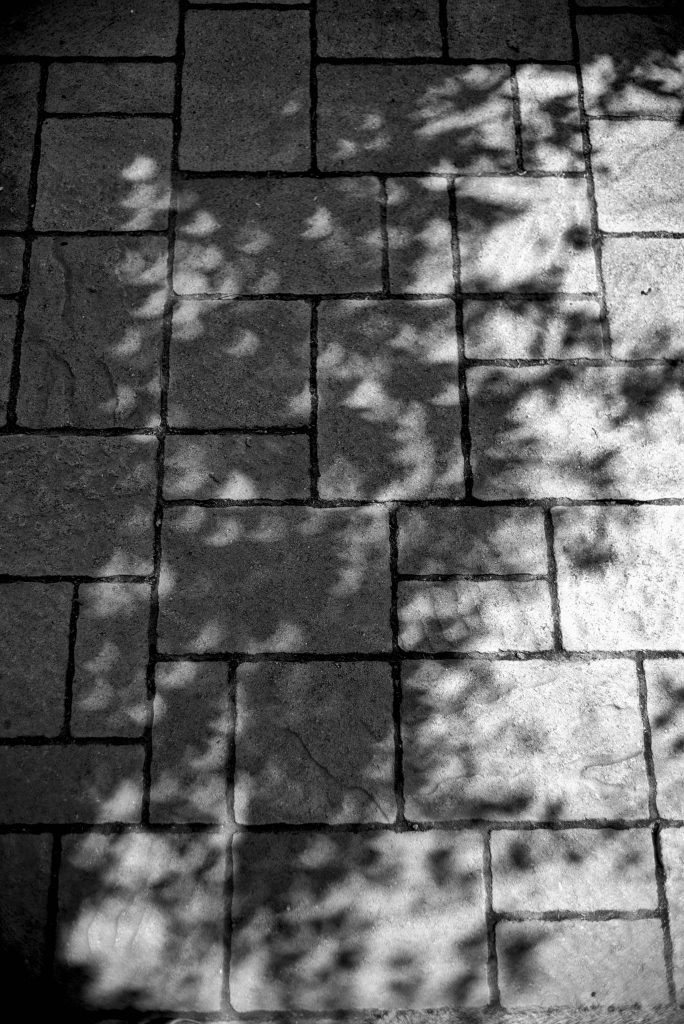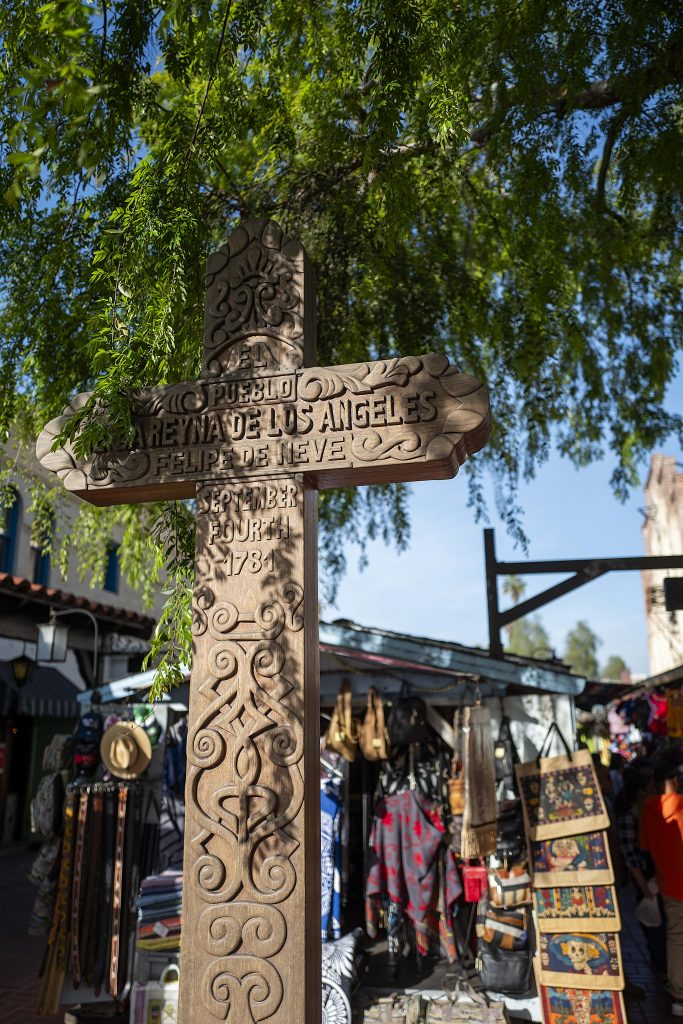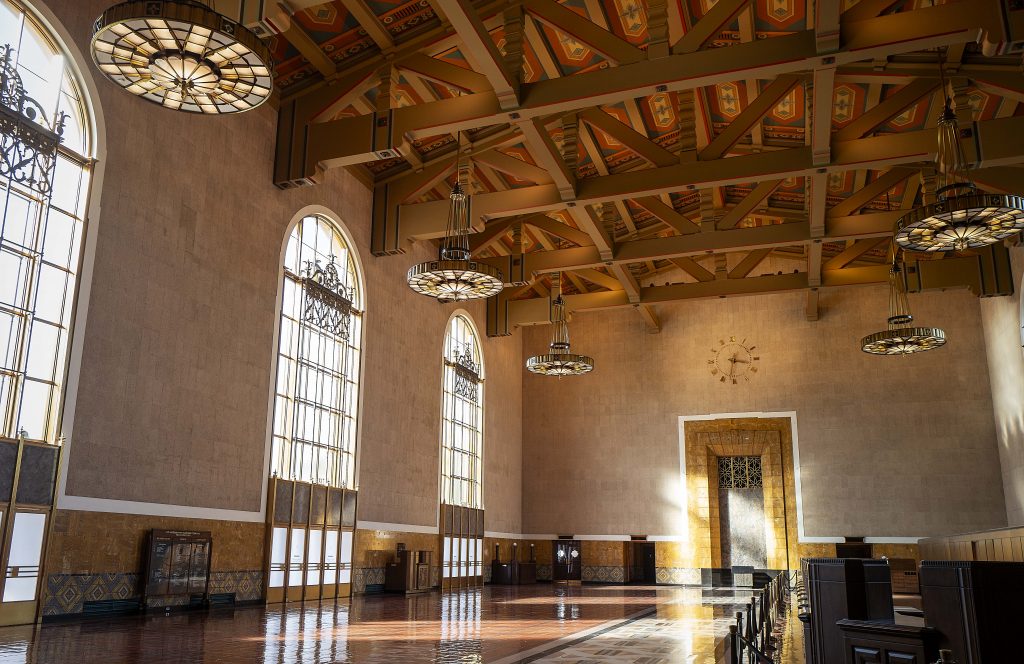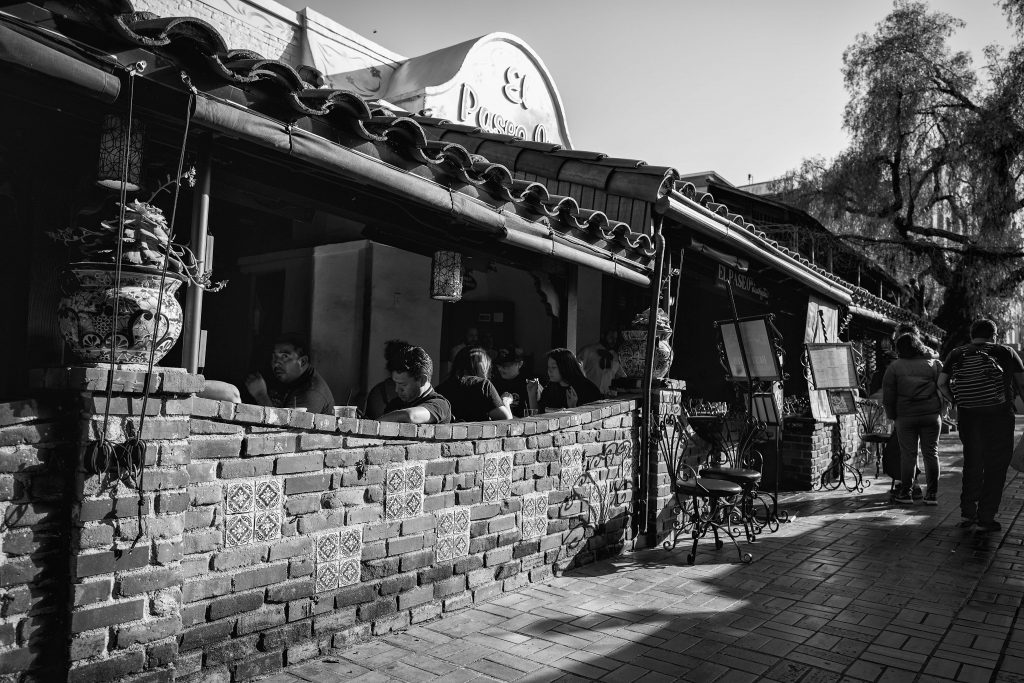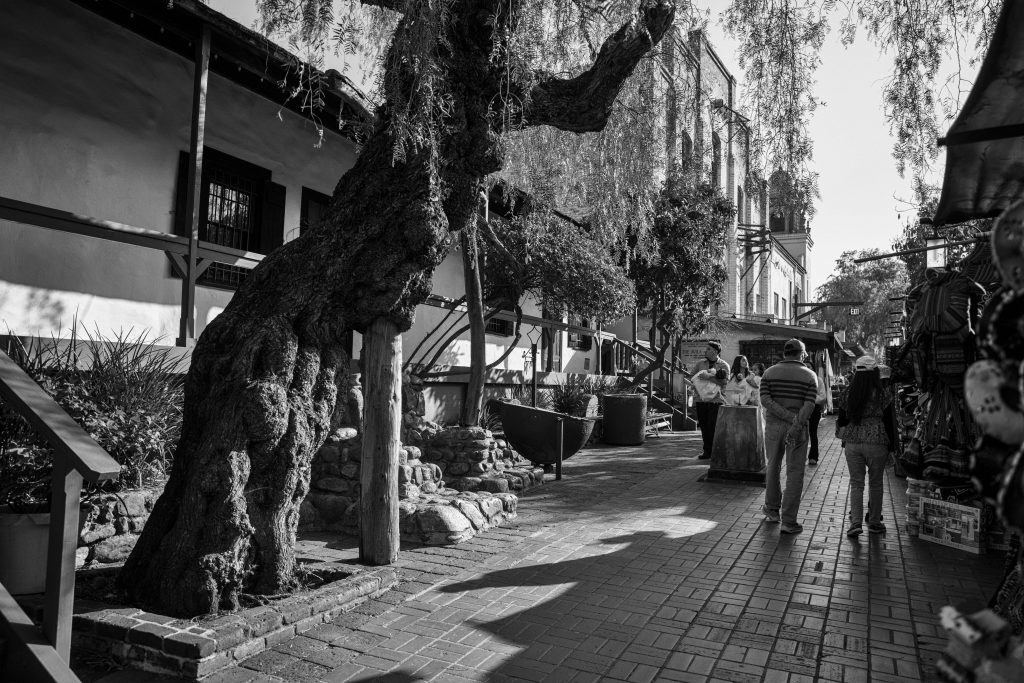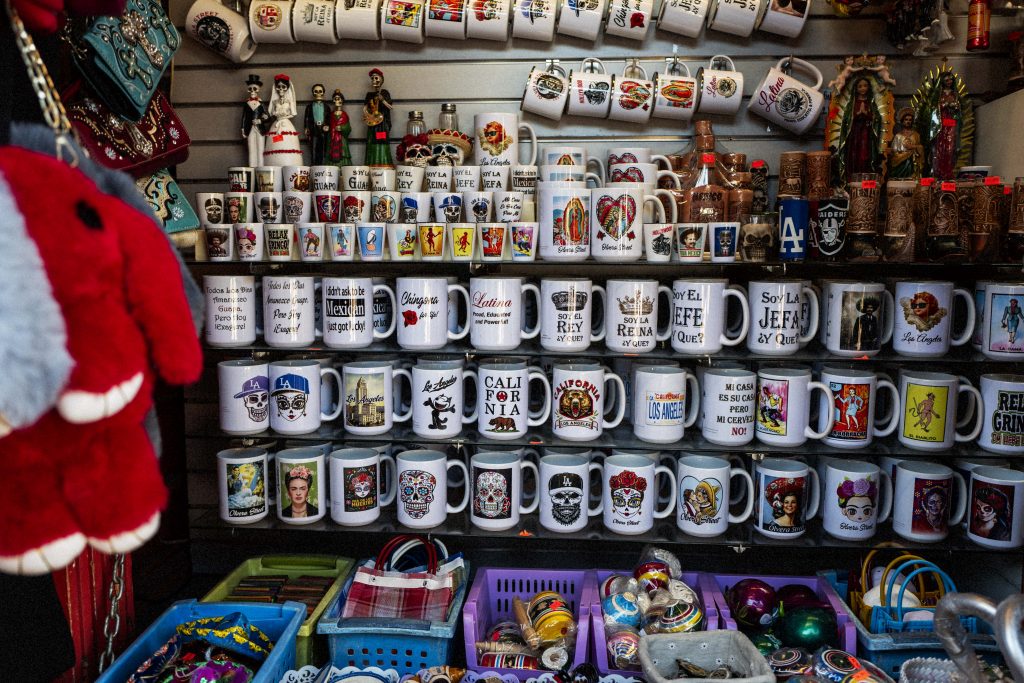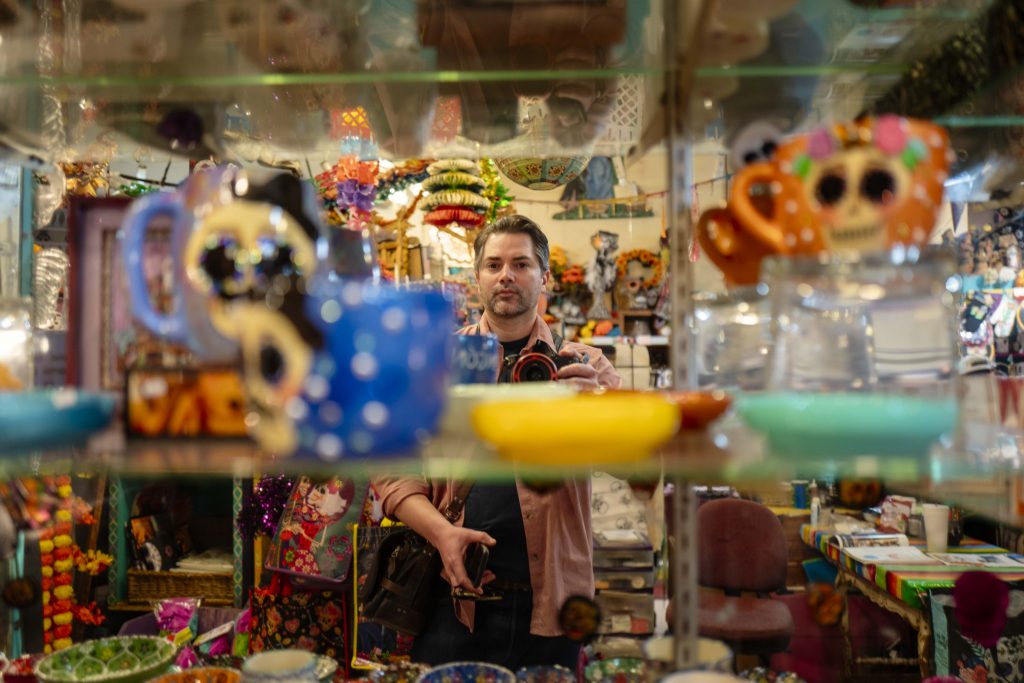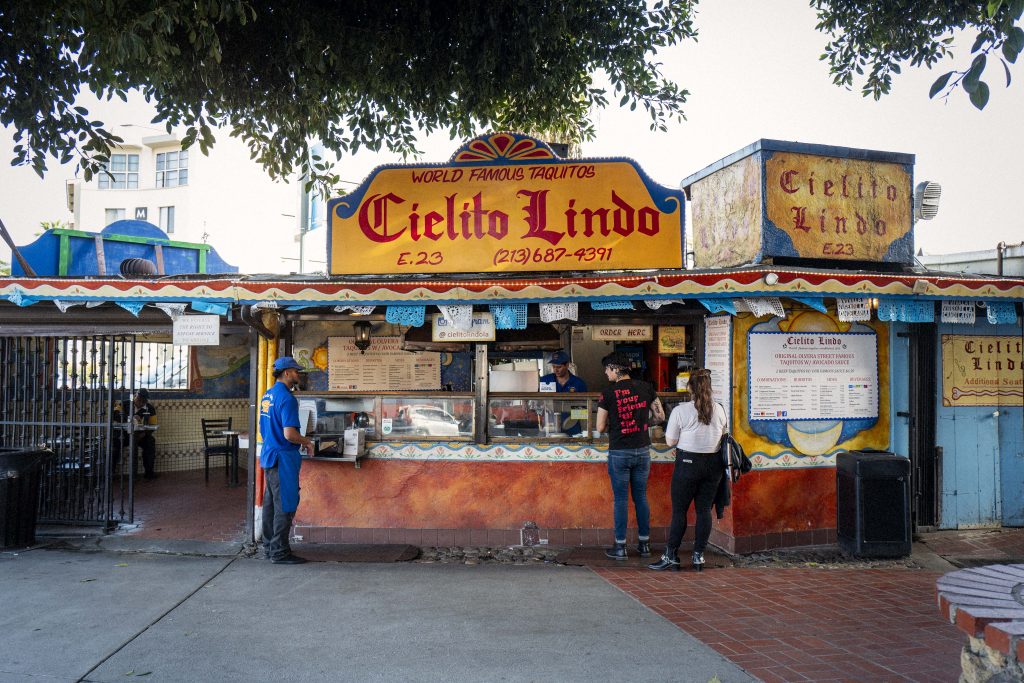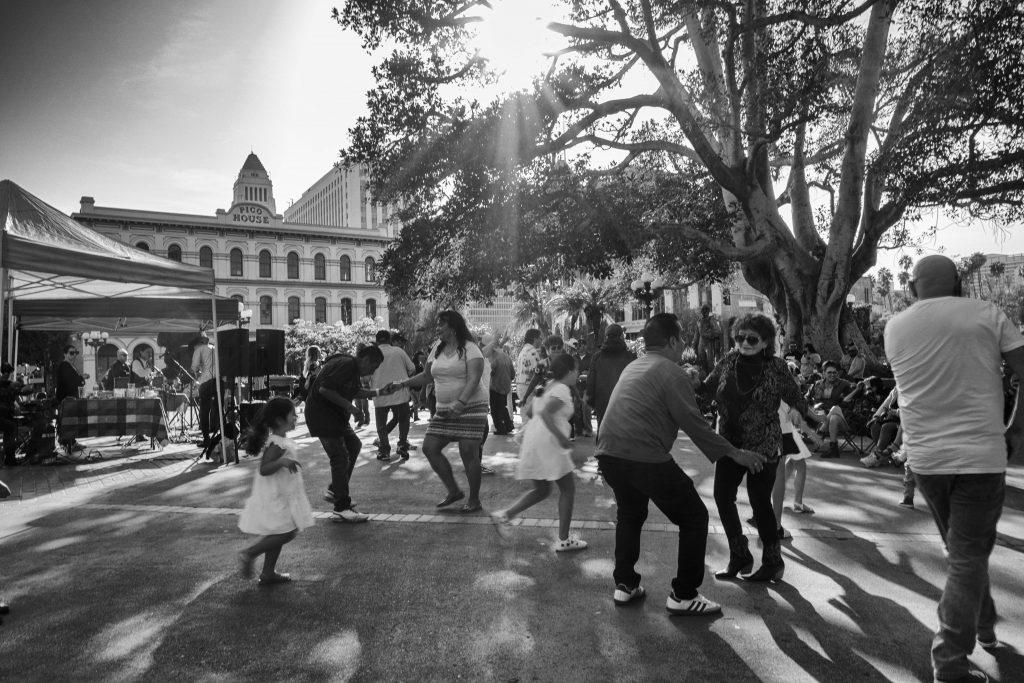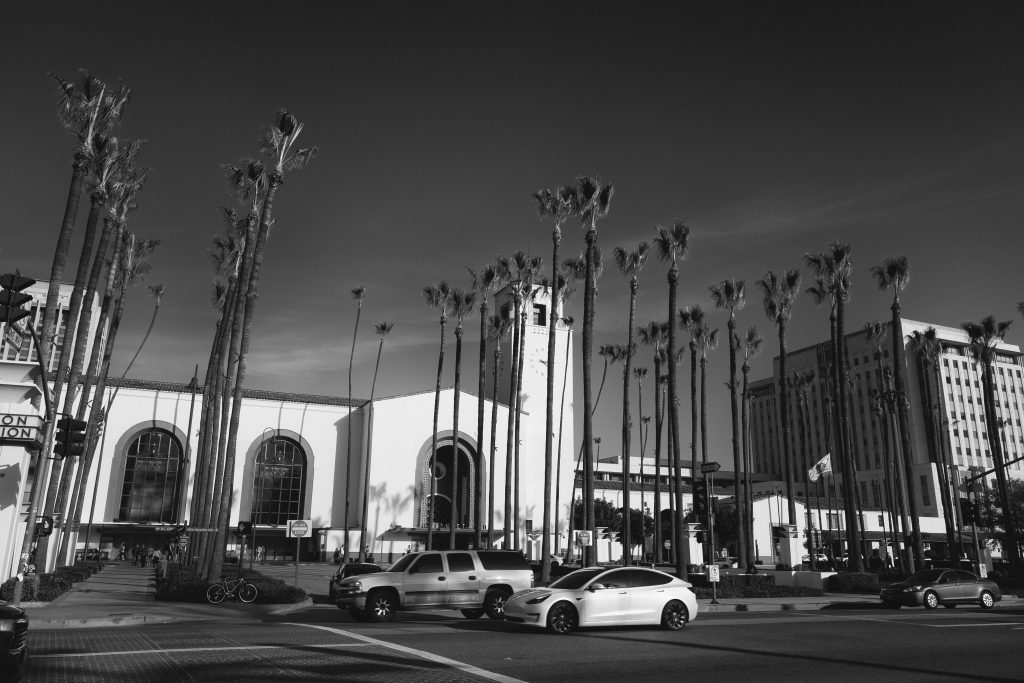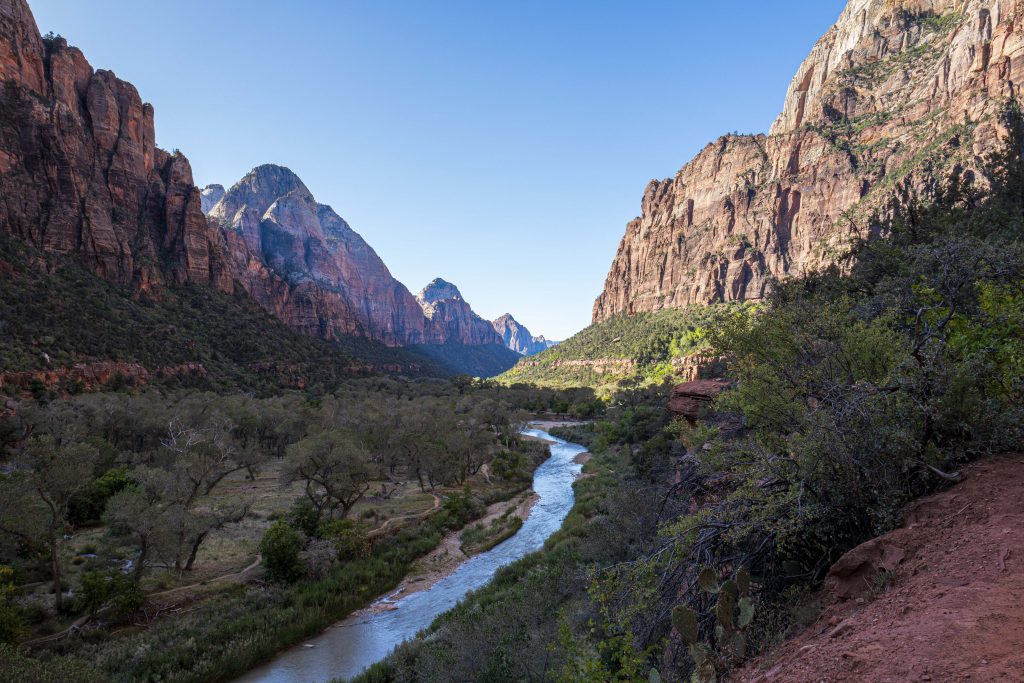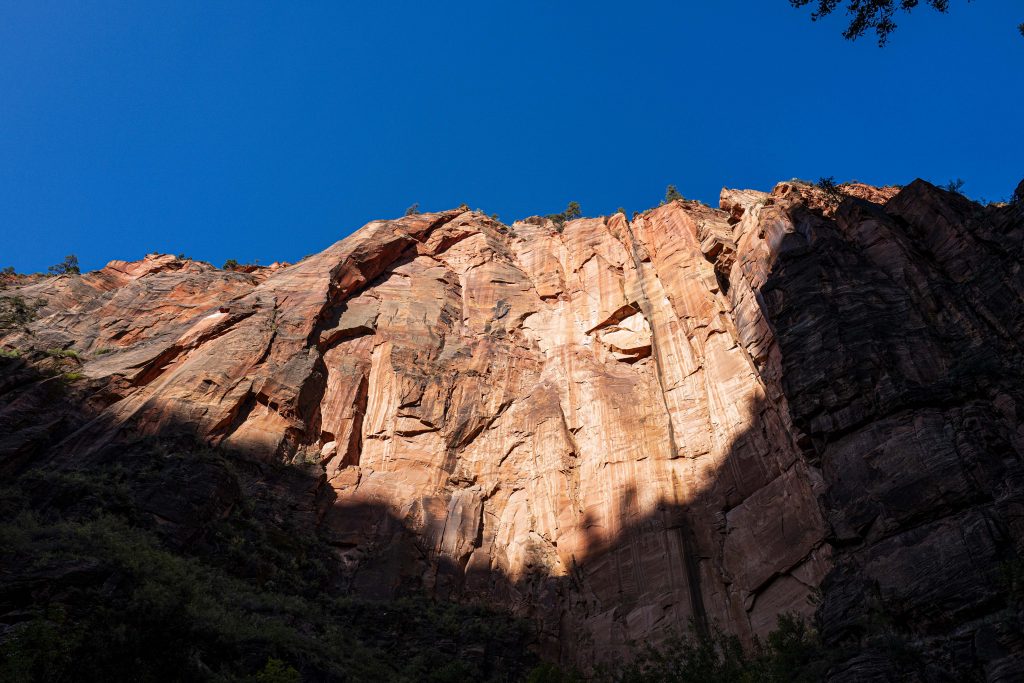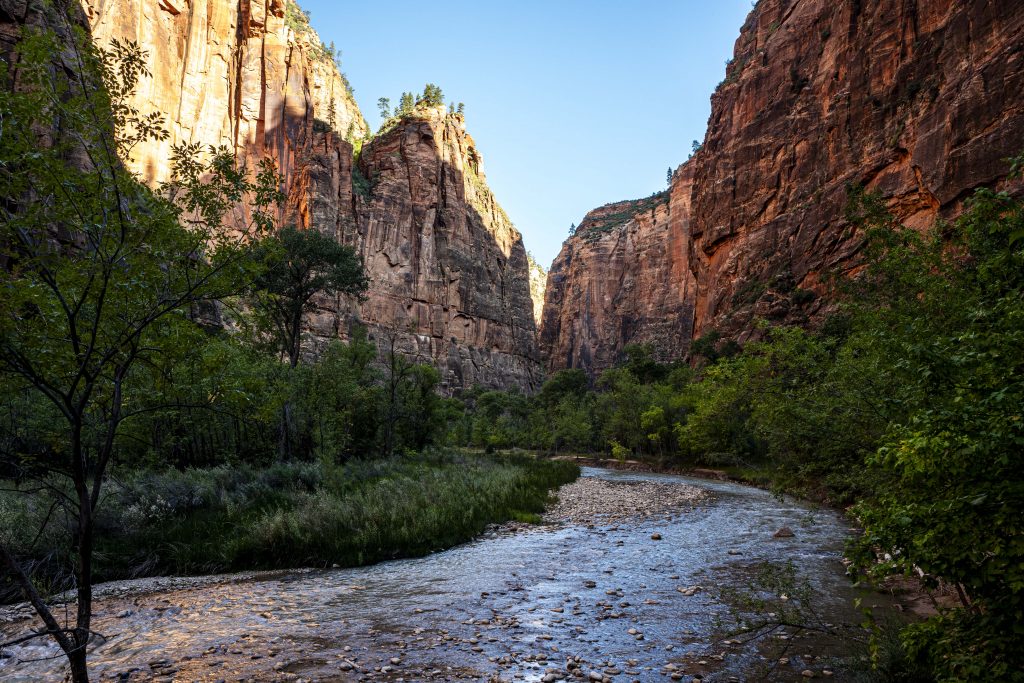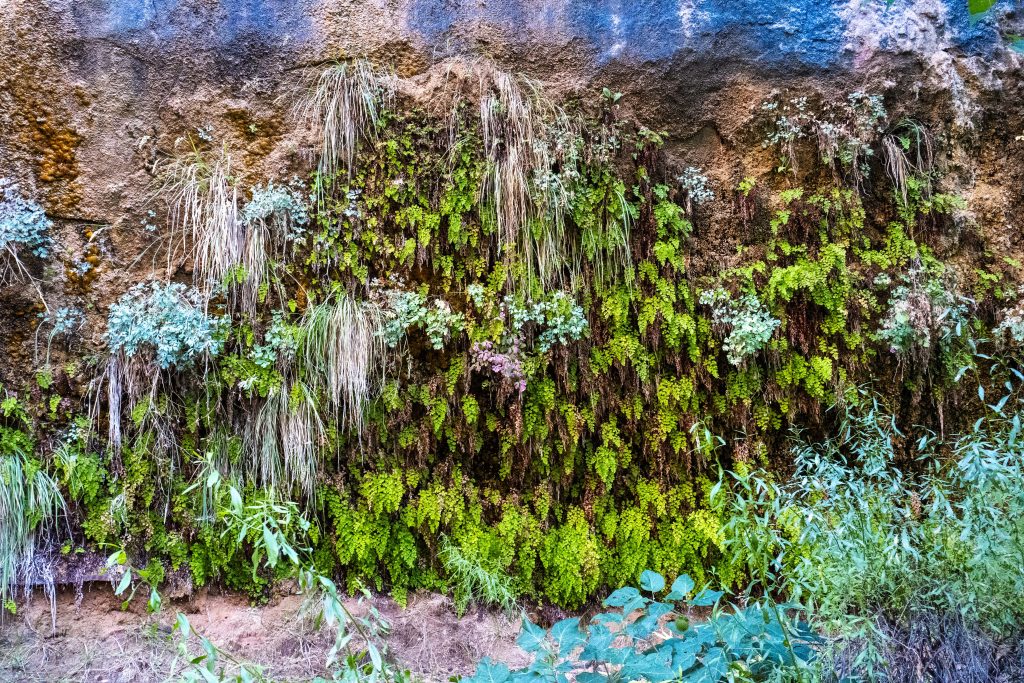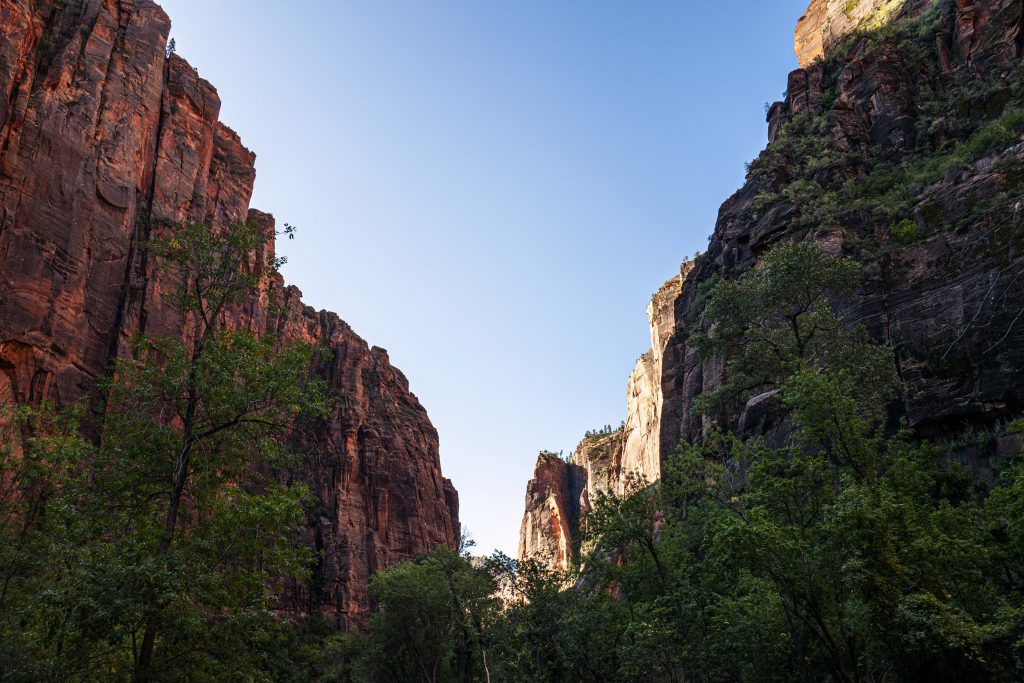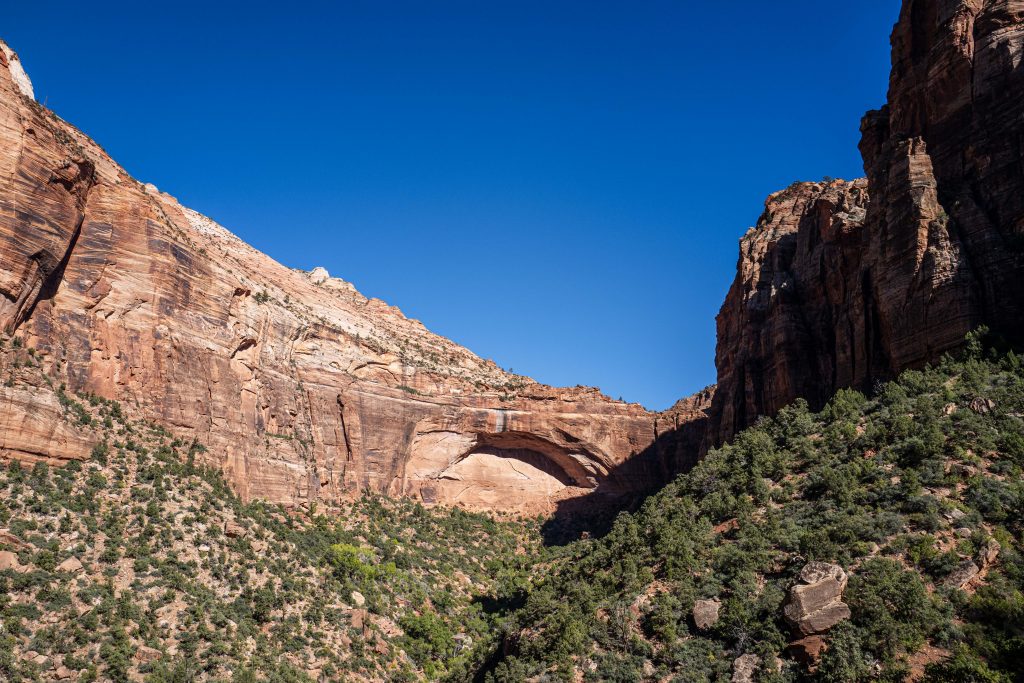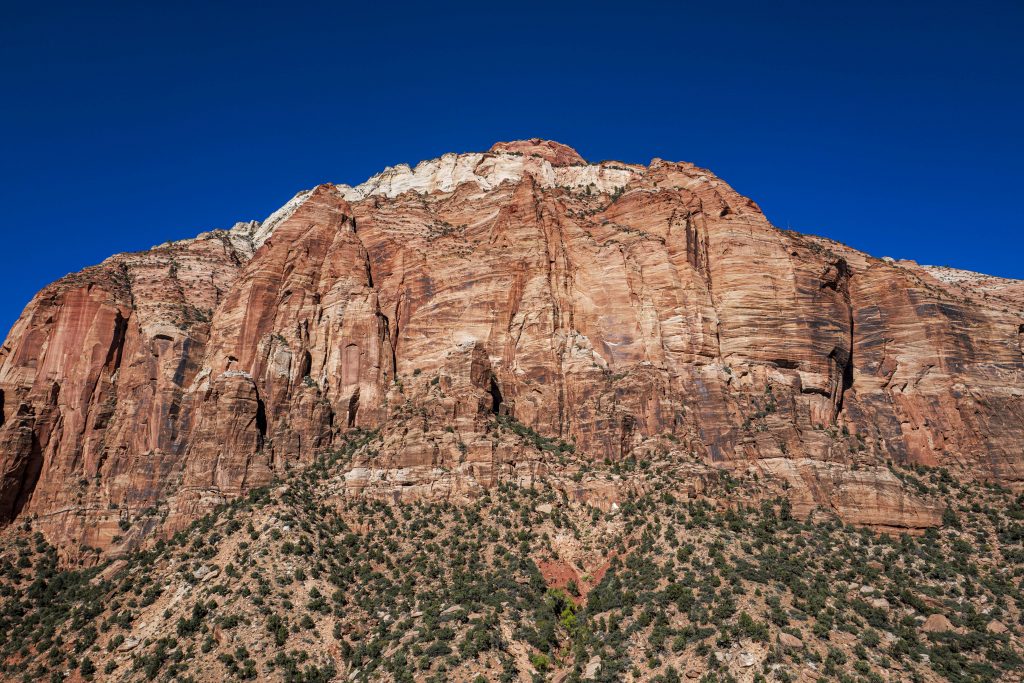
It was a marathon of work, family, and holiday obligations at the end of last year. I’ve come to expect the rush of fall into the holidays, but I’d actually never had a busier fall season. I take none of it for granted, and thankfully I was able to wrap most of it up by mid-December so I could enjoy what I knew would be somewhat truncated holiday season. I barely had time to think about making any sort of content, including updating this blog. I’m currently re-thinking how I’ll approach this website as the year continues. I want this to continue to be a space away from social media algorithms and trends. Many years ago, I consciously chose not to be the guy that simply follows trends. I chose to be as much of the originator of my work as possible. (Even though it really has all been done before.) It’s a much harder path, but long-gaming it has proven to be worth it.
Once Christmas was over I did my usual which was to head out to the desert for New Years Eve with family. The desert, our little escape by the Colorado River in Arizona, is quiet, relaxing, with wide open skies. I enjoy the slower pace out there as much as I can.

In fact, much of January and February is typically slower for me. I’m hoping to fill that time with much-needed home projects and decluttering.
There’s not much else for me to update here at the moment. I don’t really like recapping the what just happened. I don’t like taking time to reexamine my year and what made it good, bad, or in-between. I don’t have a “best of” list. I don’t feel like I do enough of anything to have a “best of” for anything. I’m an avid reader, but I don’t have stacks of books I can sort into my top ten. I have several fantastic photo clients, but I wouldn’t dare sort them into list. If anything, I’d prefer to stay more present this year. I’ll continue to share my thoughts, photos, and exploits here, but I’d like to spend much of this year fully engaged in the here and now.











































